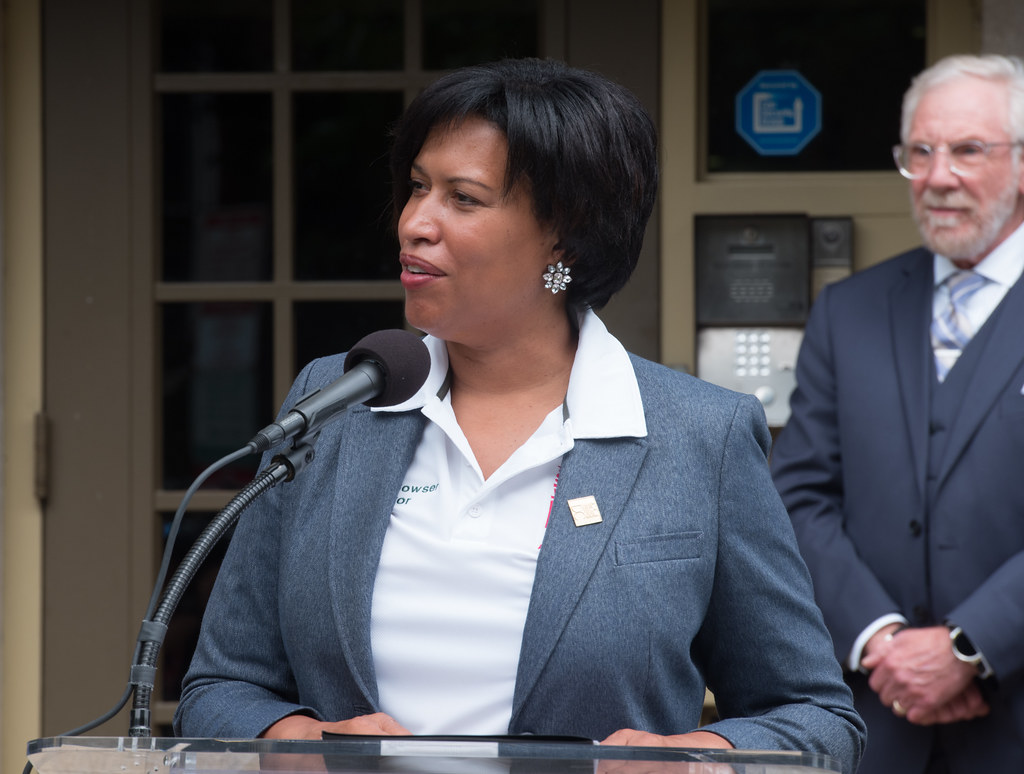
Next phase for Barcelona’s 22@ innovation district reflects new challenges
06 October 2020
by Sarah Wray
The City of Barcelona has presented updated plans to define the next phase of development for the 22@ innovation district.
The original plan for 22@ was approved in 2000 to transform Barcelona’s former industrial area of Poblenou in Sant Martí into a high-tech district and economic engine, as well as to increase leisure and residential spaces. It was one of the first city innovation districts and inspired many others throughout the world.
The updated strategy aims to “respond to today’s challenges”, and promote mixed-use spaces, housing, economic activity and heritage protection. It also introduces a gender perspective into the plans.
Around 37 percent of the surface area at 22@ is still to be developed. A further one million m2 pending development will be activated for economic activity under the plan. The city proposes to speed this up through reducing processing times for licences and other administrative procedures.
Green streets
Under the plan’s climate adaptation measures, a third of vertical and horizontal streets will become a network of ‘green axes’ where 70 percent of the space will be used for pedestrians and vegetation, instead of the current 40 percent. This aims to provide shade in the summer, more sustainable water management and to encourage public transport and active mobility, with bike lanes on all streets in the basic network (which incorporates most streets with traffic).
The latest plan also doubles the amount of social housing, from 5,200 units in 2000 to 10,100 – 3,700 have already been built. A new free housing reserve, with no rent control, is being increased to 1,400 apartments. There are, therefore, 7,800 new homes, of which 80 percent are protected and 30 percent are for rent. In total, up to 15,800 homes are expected to be built across 22@, up from 9,300 planned 20 years ago.
Under the new plan, 30 percent of the new developed area of 22@ will be dedicated to housing – compared to 10 percent in 2000 – and 70 percent to business activity.
“Increasing the housing offer in the city is a big goal for the government,” a spokesperson for the City of Barcelona told Cities Today. “Today [it] is one of the main problems here, so the new 22@ plan is a great opportunity to build new housing in this part of the city.”

New sectors
In the original plan for 22@, new companies setting up there had to be tech-focused. This has been expanded to businesses in the green, circular economy, social and smart manufacturing sectors.
Further, the city said the proposal represents Barcelona’s first planning document that incorporates the criteria of its manual for how gender perspectives should be reflected in urban projects, which was approved by the City Council in 2019. The methodologies and tools included in it have been applied to the latest designs “so that the needs of men and women are met in an equitable manner,” the city said.
A new office for the management and coordination of 22@ will also be set up.
Barcelona estimates that the next phase of development will generate 60,000 jobs, adding to the 90,000 people that now work there across 10,000 companies.
The proposal has passed a first stage and will be reviewed for final approval in spring 2021.










